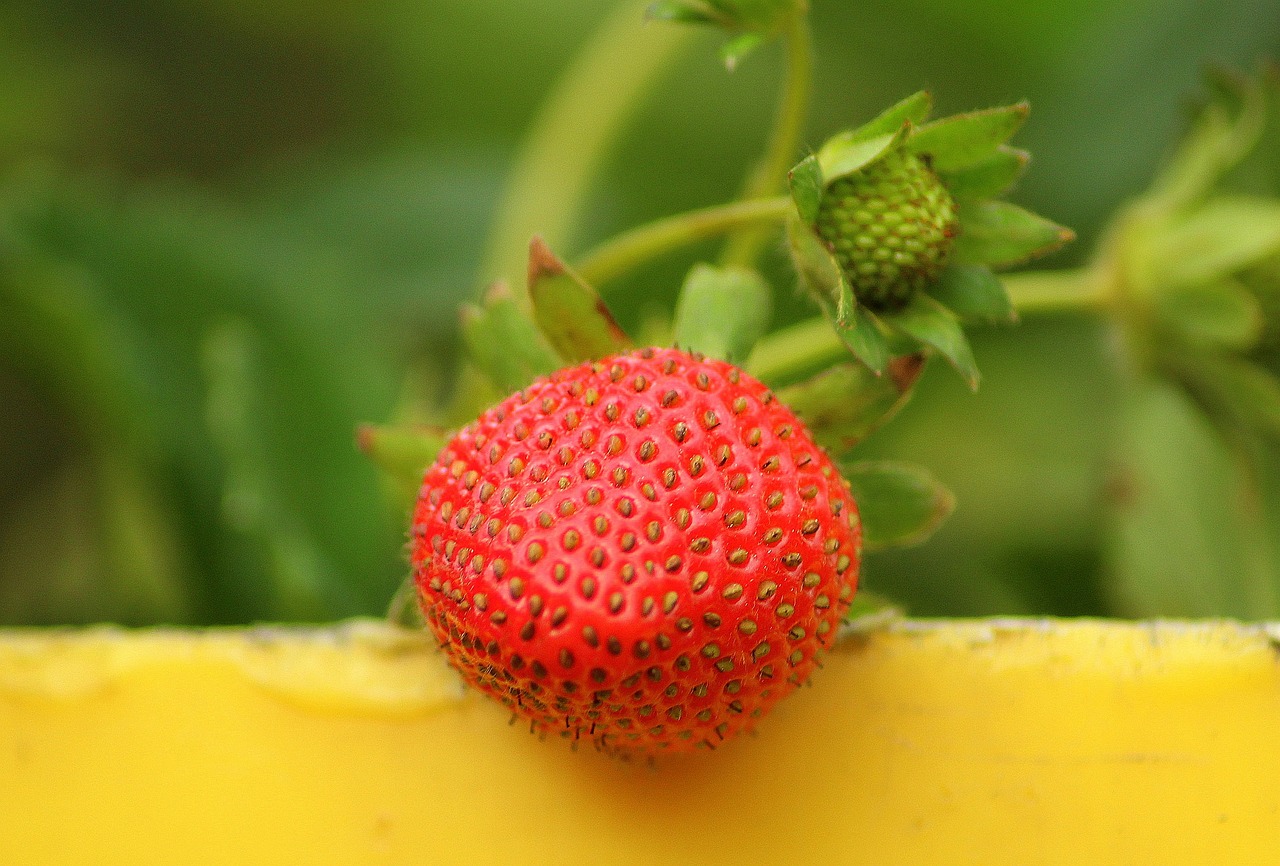
Strawberries are a delicious and nutritious fruit that can be grown in many different climates. However, if you live in Zone 8, you may face some unique challenges when it comes to growing strawberries. In this article, we will provide you with 8 tips for growing the juiciest strawberries in Zone 8. Whether you are a seasoned gardener or a beginner, these tips will help you to produce a bountiful harvest of sweet and succulent strawberries.
Tip 1: Choose the Right Variety
The first step to growing juicy strawberries in Zone 8 is to choose the right variety. Some varieties of strawberries are better suited to warmer climates than others. Look for varieties that are known to do well in Zone 8, such as Chandler, Camarosa, and Sweet Charlie.
Tip 2: Plant at the Right Time
Timing is everything when it comes to planting strawberries in Zone 8. You should aim to plant your strawberries in the fall, between September and November. This will give your plants plenty of time to establish themselves before the hot summer months arrive.
Tip 3: Provide Plenty of Sunlight
Strawberries need plenty of sunlight to grow and ripen properly. Make sure that your plants are getting at least 6 hours of direct sunlight each day. If you have a shady spot in your garden, strawberries may not be the best choice.
Tip 4: Use High-Quality Soil
Strawberries need well-draining soil that is rich in organic matter. Before planting, amend your soil with compost or other organic matter to improve its texture and fertility. You may also want to consider using raised beds to improve drainage.
Tip 5: Water Regularly
Strawberries need regular watering to thrive, especially during the hot summer months. Aim to water your plants deeply once or twice a week, depending on the weather. Avoid getting water on the leaves, as this can lead to fungal diseases.
Tip 6: Fertilize Appropriately
Strawberries need regular fertilization to produce a bountiful harvest. Use a balanced fertilizer, such as a 10-10-10 or 16-16-16 blend, and apply it according to the manufacturer’s instructions. Be careful not to over-fertilize, as this can lead to excessive foliage growth at the expense of fruit production.
Tip 7: Protective Mulching Magic
Zone 8 can bring temperature fluctuations that might challenge your strawberry plants. Employ the magic of protective mulching to regulate soil temperature, prevent weed competition, and retain moisture. A layer of straw or pine needles serves as an excellent insulator for your strawberry patch.
Tip 8: Weathering the Challenges of Zone 8
Life in Zone 8 is a sun-and-fun fiesta, but sometimes the party gets a little wild. To protect your strawberry oasis, you need to be a weather warrior, ready to face any challenges Mother Nature throws your way.
Frost Fighters: Those sneaky late frosts can nip your berry dreams in the bud. Be prepared with lightweight row covers or frost blankets, ready to deploy at a moment’s notice. Think of them as comfy cloaks shielding your strawberry kingdom from winter’s icy fingers.
Heat Wave Heroes: Zone 8 summers can turn sunny days into saunas. Keep your berries cool with regular, deep watering, focusing on the early morning or evening hours to avoid evaporation. Mulch becomes your best friend, reflecting heat and conserving moisture. Remember, cool roots equal happy berries, even when the mercury rises.
Pest Patrol: Zone 8 has its own cast of garden villains. Aphids, spider mites, and even the occasional hungry bird can threaten your strawberry symphony. Scout regularly for signs of trouble, and have organic pest control options like neem oil or insecticidal soap at the ready. Don’t despair, dear gardener, a little vigilance will keep your berries safe and singing!
Bonus Tip: Embrace diversity! Explore heat-resistant varieties like ‘Black Pearl’ or ‘Seascape,’ bred to weather Zone 8’s fiery summers with grace. Remember, adaptation is key!
